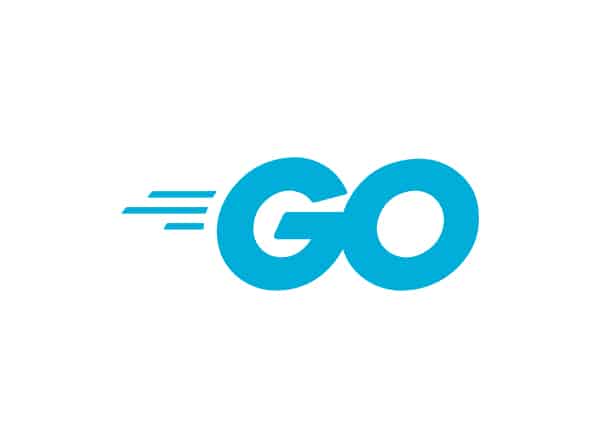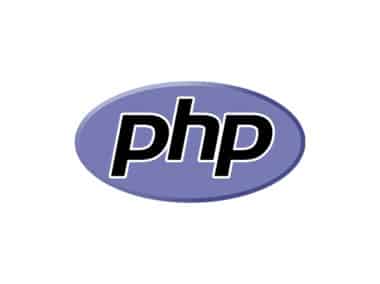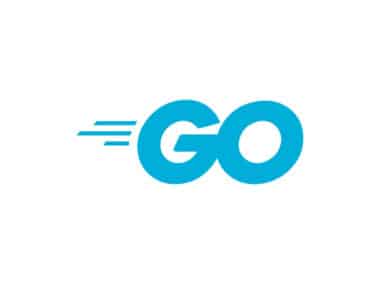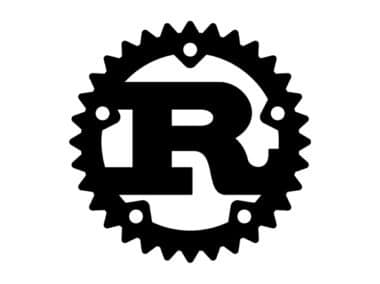Variables are an essential part of programming languages as they allow you to store and manipulate values. In Go, a variable is a named memory location that can hold a value. The Go programming language supports different data types that can be used to define variables.
Data Types
Numeric Data Types
Go supports various numeric data types such as int, int8, int16, int32, int64, uint, uint8, uint16, uint32, and uint64. Each of these data types has a different range of values that they can store.
intis a signed integer that represents a value between -2147483648 and 2147483647.int8is a signed integer that represents a value between -128 and 127.int16is a signed integer that represents a value between -32768 and 32767.int32is a signed integer that represents a value between -2147483648 and 2147483647.int64is a signed integer that represents a value between -9223372036854775808 and 9223372036854775807.uintis an unsigned integer that represents a value between 0 and 4294967295.uint8is an unsigned integer that represents a value between 0 and 255.uint16is an unsigned integer that represents a value between 0 and 65535.uint32is an unsigned integer that represents a value between 0 and 4294967295.uint64is an unsigned integer that represents a value between 0 and 18446744073709551615.
Floating-Point Data Types
Go supports two floating-point data types: float32 and float64. Floating-point numbers are used to represent decimal values.
float32is a 32-bit floating-point number that represents a value with a range of approximately 1.18E-38 to 3.4E+38.float64is a 64-bit floating-point number that represents a value with a range of approximately 2.23E-308 to 1.80E+308.
Boolean Data Type
Go has a Boolean data type that is represented by the bool keyword. A Boolean variable can have two values: true and false. Booleans are often used in conditional statements to determine which block of code to execute.
String Data Type
Go has a string data type that is represented by the string keyword. A string is a sequence of characters that can be enclosed in double quotes. Strings are used to represent textual data.
Variables
Go is a statically typed language, which means that the type of a variable must be defined at the time of its declaration. Variables in Go can be declared using the var keyword followed by the variable name and its type.
var num int
num = 10
The above code declares a variable named num of type int and assigns it the value 10. The value can be changed by assigning a new value to the variable.
Variables can also be declared and initialized in a single line:
var num int = 10
It is also possible to omit the type of the variable if it can be inferred from the value assigned to it:
num := 10
The above code declares a variable named num of type int and assigns it the value 10.
It is important to note that Go variables must be declared before they can be used. If a variable is used before it is declared, the Go compiler will throw an error.
Conclusion
In conclusion, Go provides a variety of data types and variables to support different programming needs. Understanding these data types and variables is important for writing effective and efficient Go programs. With variables, you can store and manipulate data, while with data types, you can define what type of data can be stored. Using the correct data types and variables can make your code more readable, efficient, and easier to maintain.




